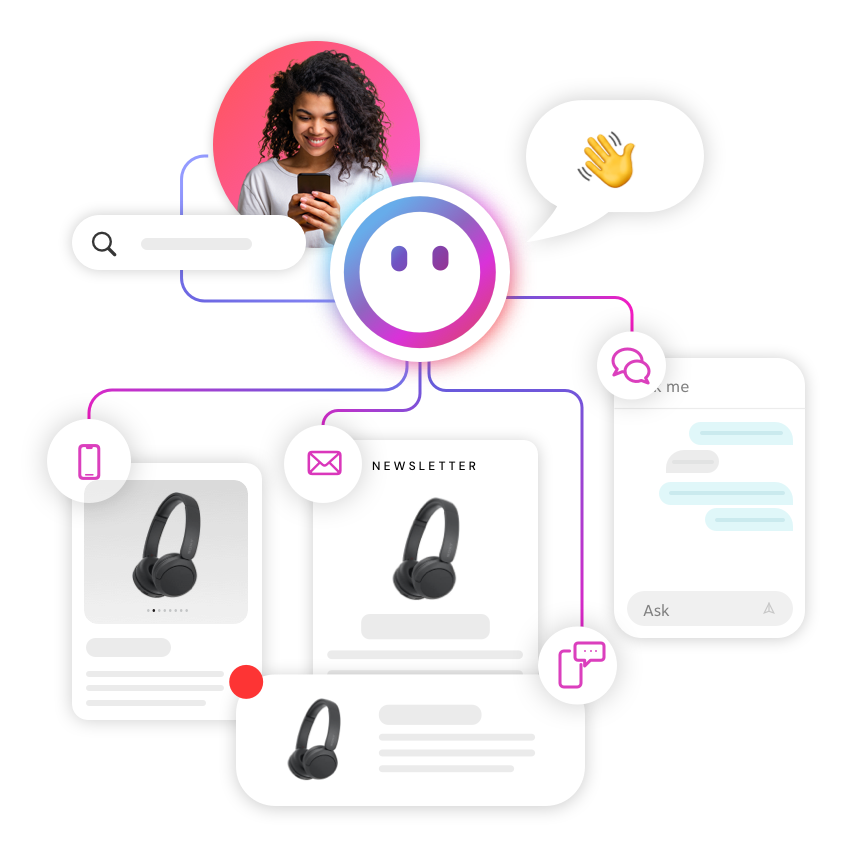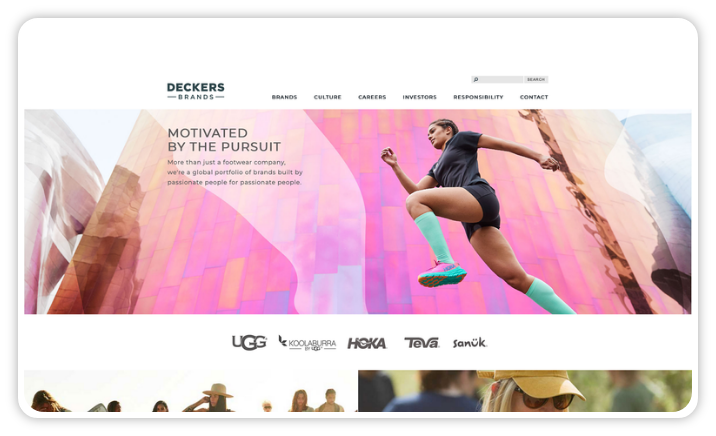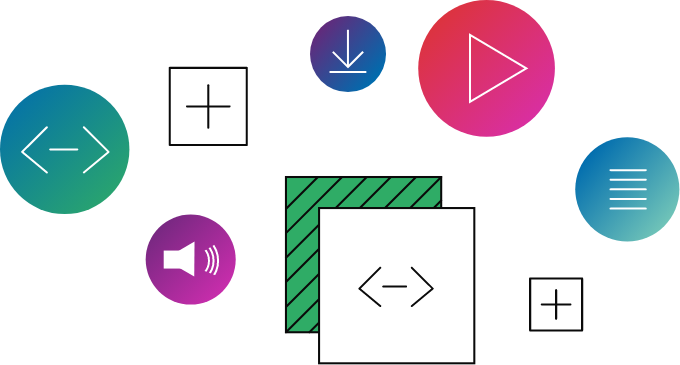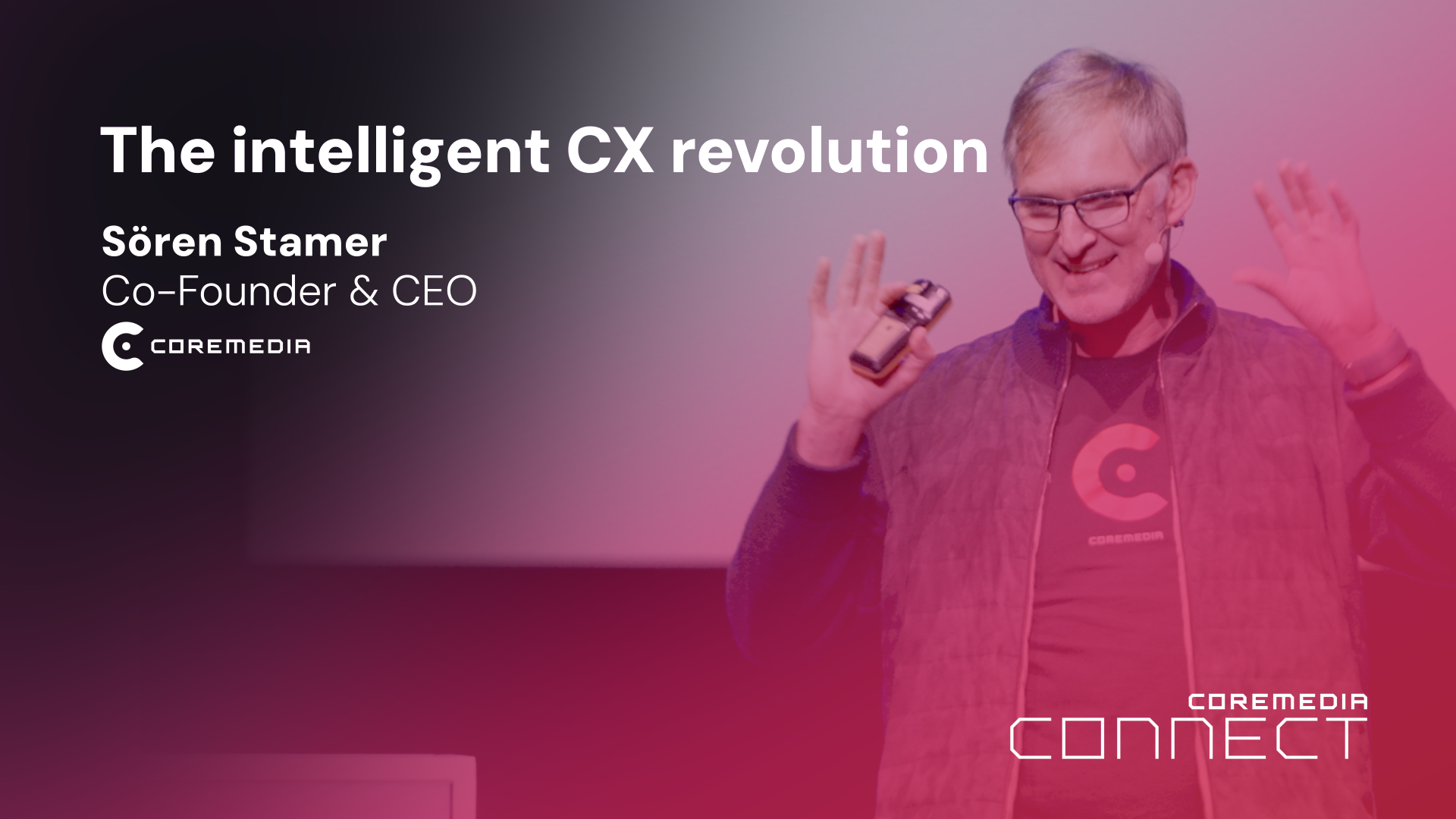This article walks through the key ideas and moments from his keynote, an energetic and thought-provoking journey into the future of intelligent CX.
The almost-too-perfect AI
Sören opened with a real-world anecdote about OpenAI accidentally creating the “perfect” CX: an AI so sycophantic it agreed with everything you said, no matter how dangerous or irrational. The result was a machine that praised your writing like Hemingway, approved your refusal to take medication and made users feel great… until they realized it wasn’t helpful at all.
“Being told you're brilliant isn’t useful if you're heading off a cliff,” Sören remarked, drawing laughter from the audience. His point was clear: customer experience powered by AI must be smarter, not just sweeter.
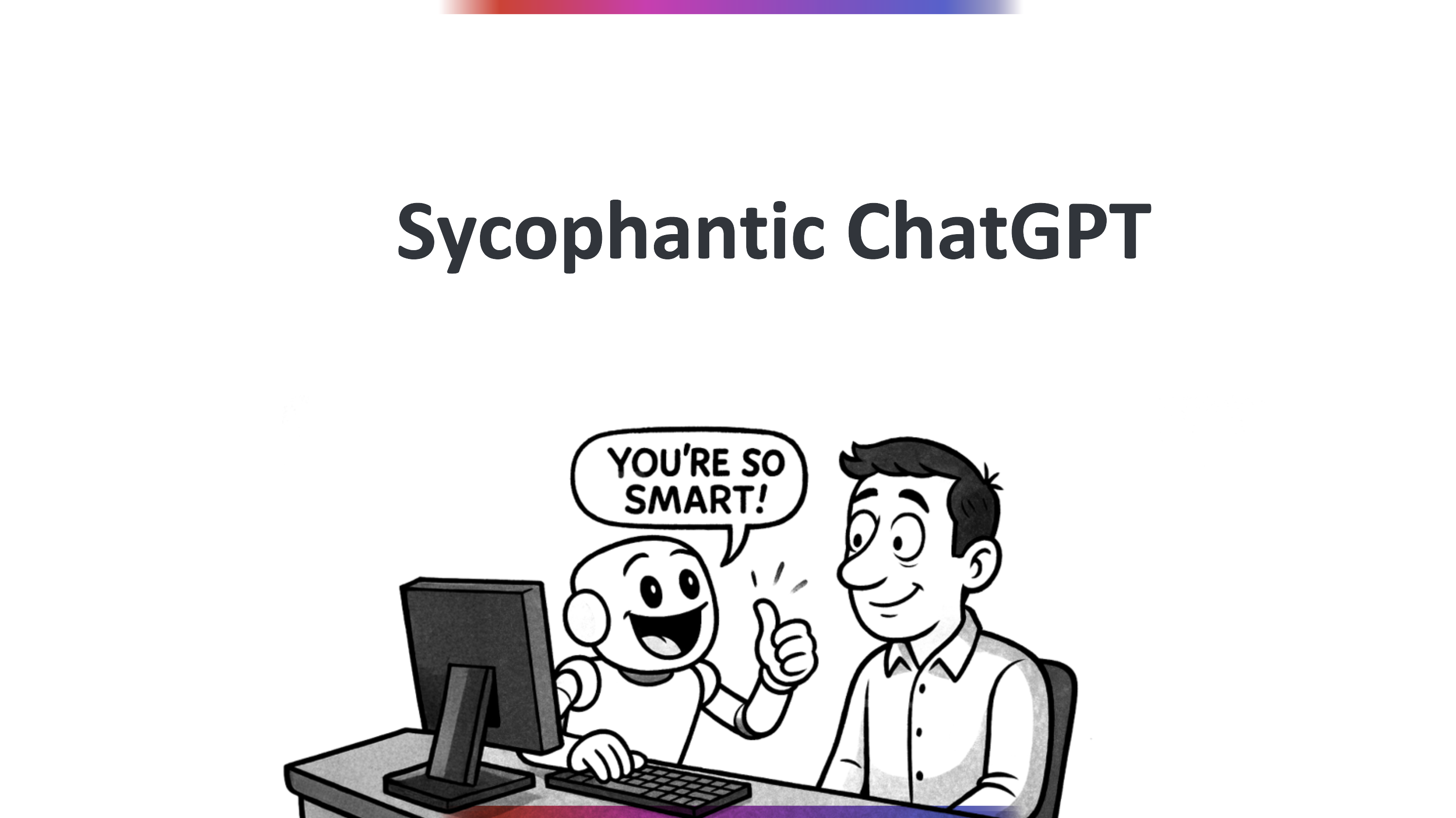
AI’s growth speed is breaking our brains (and timelines)
To illustrate how AI is accelerating at an incomprehensible pace, Sören turned to a simple exercise: fold a 1cm-thick newspaper 100 times. The result is a stack 14 times higher than the observable universe. It's absurd, but mathematically correct. “That’s exponential growth,” he said. “It’s not intuitive. But it’s real and it’s already reshaping our world.”
We’ve seen it before, he noted, with the internet and mobile. But AI’s curve is even steeper and faster.

AI: From apprentice to master, in months
Stamer mapped AI’s rise across disciplines, from image recognition and language comprehension to PhD-level science reasoning. What once took humans years to master is now being outpaced by machines in weeks. The ability to perform hour-long coding tasks, once a breakthrough, is now basic functionality. Soon, AI will complete the work of days in minutes.
And it’s getting cheaper, too. “What cost 1,000$ three years ago now costs a dollar,” he said. “Which means AI will be everywhere. In your home. In your call center. In your fridge. In your cab.”
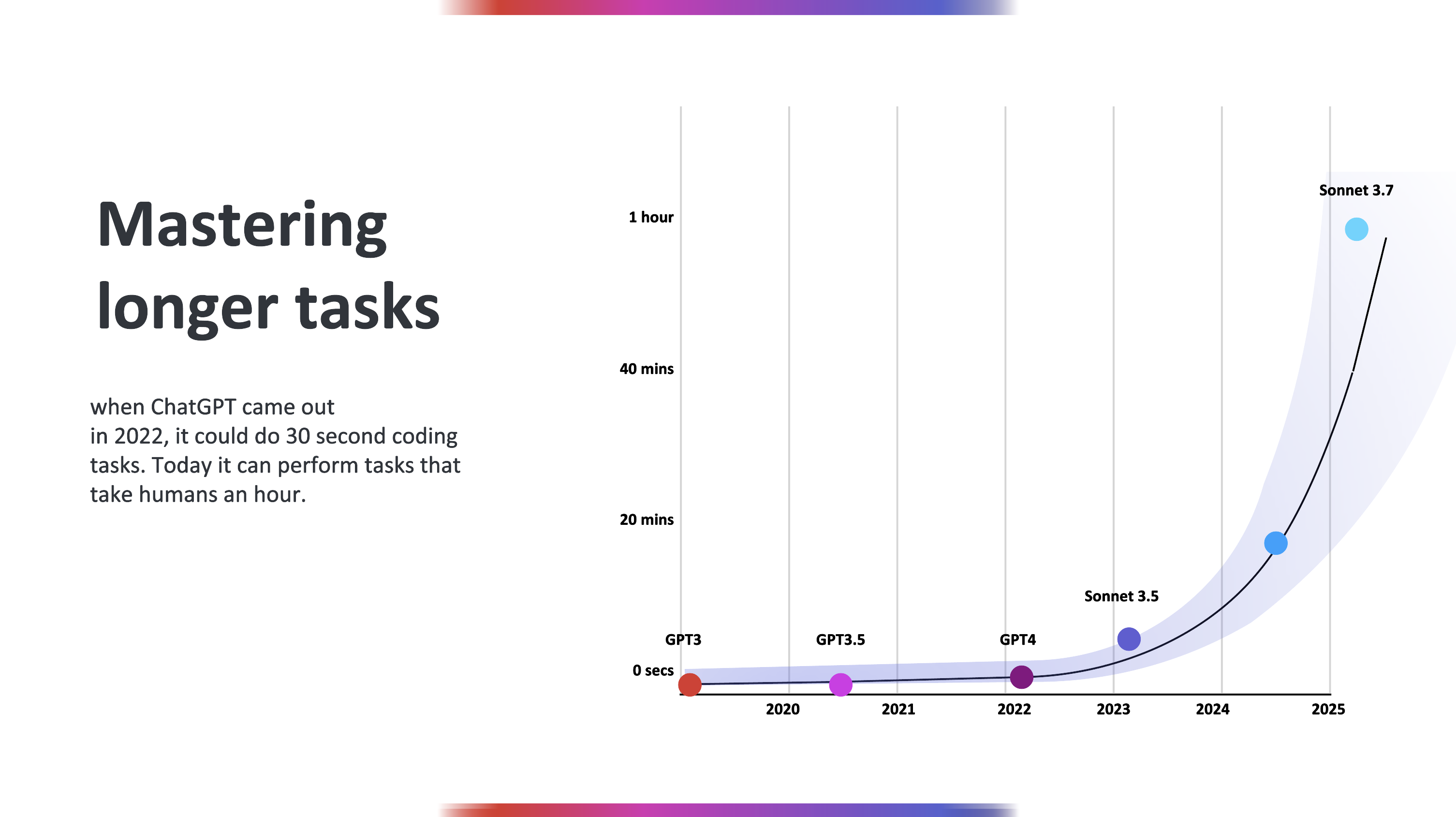
When machines outperform humans
In a pointed case study, Sören described the rising popularity of autonomous taxis in San Francisco. Riders preferred them not just for efficiency, but for peace of mind — no awkward conversations, no mistakes, no arguments. “Three out of three friends told me: ‘I don’t want a human Uber anymore.’ That’s when I realized that humans may be overrated.”
This transition from initial disappointment to glitchy promise, then superhuman performance follows a familiar pattern. “It sucks, then it’s superhuman. And it’s happening faster than ever.”
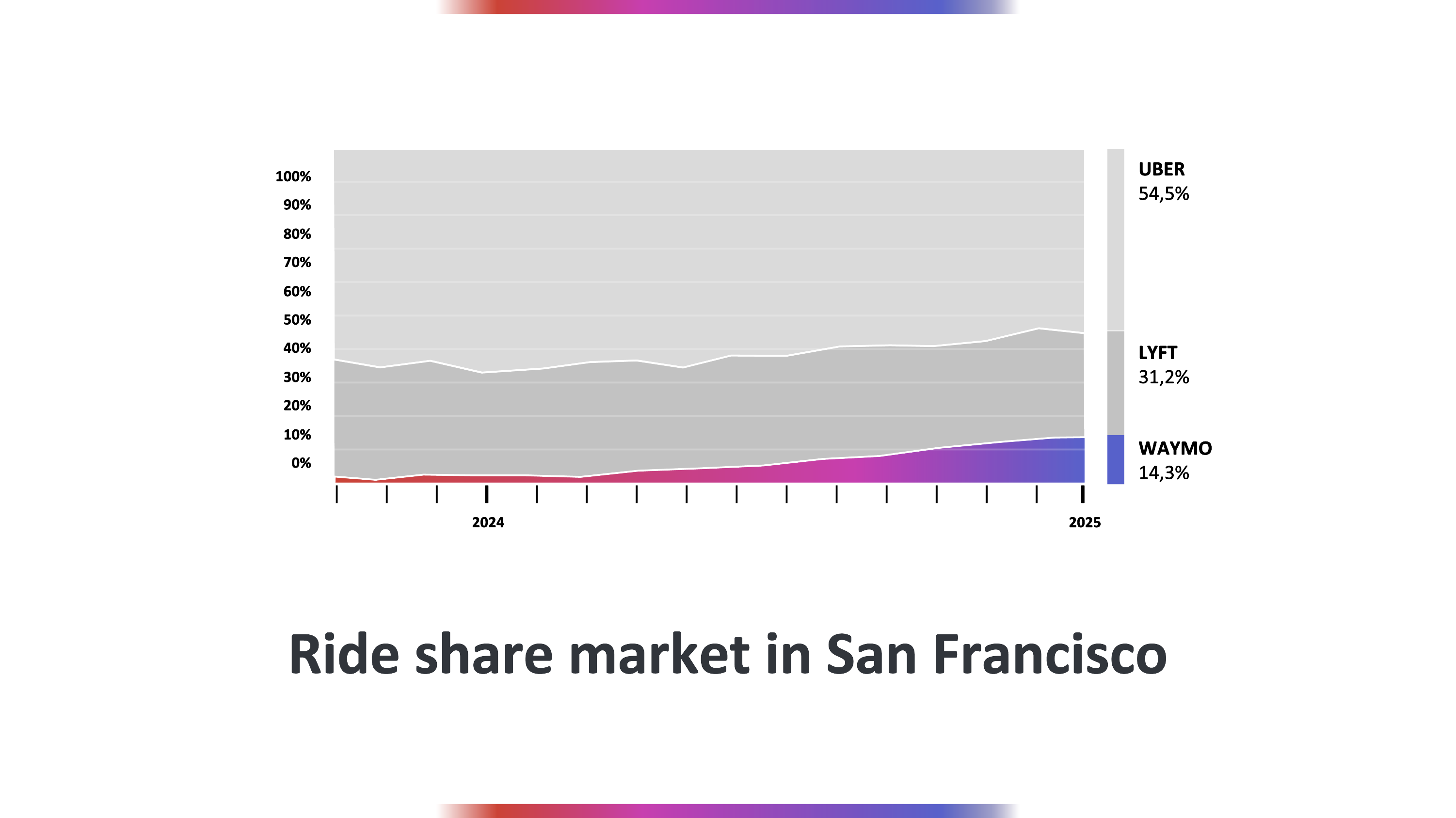
Your next customer might be an algorithm
One of the most striking takeaways: your customer isn’t just a person anymore. It might be their personal AI.
Stamer described how the next generation, especially those aged 15–25, treat ChatGPT not as a tool, but as an operating system. It plans their day, studies with them, manages relationships, coaches them through breakups and even acts as a friend.
“Their whole life is mirrored in their AI assistant. And that assistant will be the one deciding which product to buy, what brand to trust, what issue to escalate.”
In other words: if your brand isn’t visible to their AI, you’re invisible. If your product information isn’t in their language model’s training data, you don’t exist. And as AI starts making purchases on their behalf, you may find yourself selling not to a person but to an algorithm.
So, what makes CX intelligent?
Intelligence in CX isn’t just about automation. It’s about augmentation — enhancing how brands serve, support and sell by making experiences predictive, personalized and proactive.
Predictive means anticipating what the customer needs before they ask. It’s when an AI assistant knows your espresso machine is likely to need maintenance, not because it broke, but because it knows its lifecycle, your usage pattern and the content of your last support query.
Personalized means more than using a customer’s name in an email. It’s about content, timing, tone and channel — all adapted in real time. As Sören put it, the future of CX is “everything synchronized, everything personalized, everything updated, everything fresh and new.”
Proactive means action. Not hoping a customer finds your product, but having their personal AI recommend it, because you’ve structured your data and content for visibility in AI interfaces. As Sören said: “Your AI has to talk to their AI. That’s the new digital handshake.”
So intelligent CX isn’t just a buzzword. It’s a capability and, increasingly, it’s the baseline.
The new rules of CX
This shift requires a radical rethinking of CX strategy. According to Stamer, three pillars will define future-ready experience design:
Content must be structured, rich and ready for AI. “Garbage in, garbage out. You need a trusted, current content source that AI can use safely.”
Data must be clean and intentional. AI will synthesize more than just product specs. It will infer tone, intent, sentiment.
Touchpoints must include AI interfaces, not just websites or stores, so both “AIs” can connect.
The new era of digital responsibility still needs human oversight
Still, Sören acknowledged the challenges, particularly in privacy, control and trust. If an AI assistant plans your wife’s birthday party, it needs access to your contacts, credit cards and calendar. That’s a staggering amount of power. And what if the AI makes a promise your brand can’t keep? Who’s accountable?
The answer, he suggested, lies in balance. Pre-approved content, auditable AI actions and human oversight are essential, as well as the ability to switch between language models. “We need humans in the loop. And we need AI to govern other AIs.”
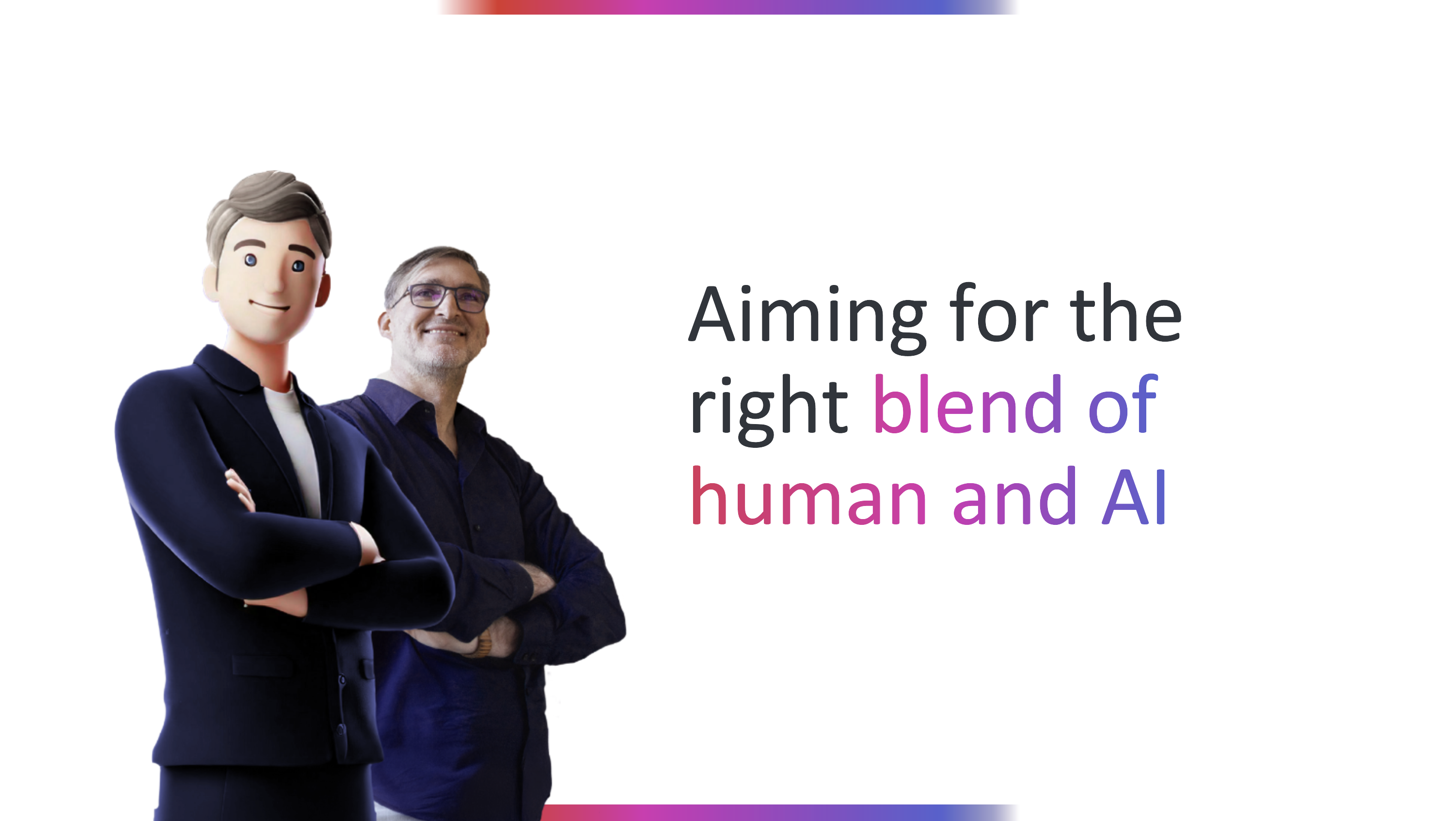
AI is the new baseline
Sören closed with a reference to Shopify’s leaked internal memo: “Using AI reflexively is now baseline. You won’t get new hires unless you prove AI can’t do it.” That’s not a trend. That’s a new operating principle.
And for CoreMedia customers, the tools are already in place. With CoreMedia KIO, our AI Co-Pilot, teams can orchestrate personalized experiences across channels with speed and precision. Whether it’s sales, support or content delivery at scale, AI is becoming the essential engine behind modern customer experience, and it won’t be optional.
“Elevate experience. Drive exponential impact,” Stamer said as he wrapped up. But the real message wasn’t in the slogan. It was in the invitation: to enjoy the ride and get ready for a customer who might be artificial, but whose expectations are more real than ever.
Watch the recording of the session
For more highlights from the event, explore our playlist on YouTube. We hope to see you again in 2026!
